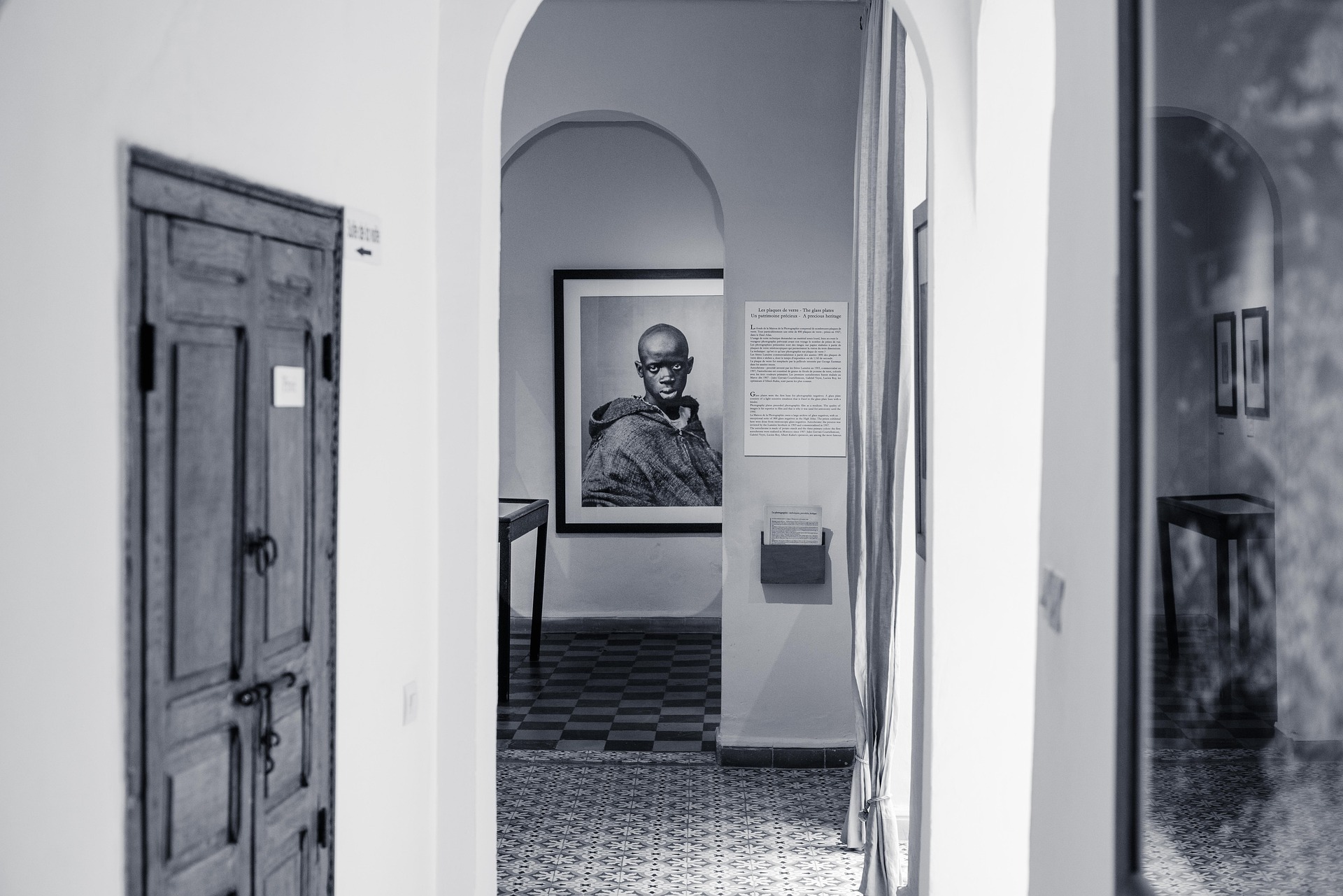The Silent Symphony: The Sophistication of Mute Storytelling in Modern Cinema
Introduction: Delve into the realm of mute storytelling in modern cinema, an art form that values visual prowess over verbal dialogues, creating a unique and riveting cinematic experience. In the early 20th century, silent films dominated the cinematic landscape. With no spoken dialogue or synchronized sound, filmmakers relied heavily on visual storytelling, using exaggerated gestures and facial expressions to convey emotion and plot. However, with the advent of 'talkies' in the late 1920s, silent films gradually lost their foothold.

Fast forward to the 21st century, a resurgence of silent storytelling is evident in modern cinema. Filmmakers are once again exploring the potential of mute storytelling, albeit with a contemporary twist, incorporating elements of sound design and visual effects to create a more immersive experience.
The Contemporary Shift: The Resurgence of Mute Storytelling
The modern world, saturated with constant noise and chatter, has sparked an interest in the quiet allure of mute storytelling. Filmmakers are leveraging this narrative style to produce visually stunning films that challenge the viewer’s perception and interpretation. Recent examples include ‘A Quiet Place’ and ‘The Artist’, both of which have been critically acclaimed for their innovative use of silence.
Unspoken Impact: The Influence and Significance of Mute Storytelling
Mute storytelling is not merely a stylistic choice; it serves a profound purpose in the narrative. By stripping away dialogue, filmmakers are able to delve deeper into the psyche of their characters, revealing nuances that might otherwise be lost in translation. This form of storytelling also transcends language barriers, making these films universally relatable and accessible.
The Silent Future: The Potential and Prospects of Mute Storytelling
Mute storytelling is poised for a promising future in the evolving landscape of cinema. The advent of advanced technologies, coupled with the growing appreciation for visual storytelling, has set the stage for a new era of ‘silent’ films. These films, however, will be far from the silent films of the yesteryears. They will be silent in dialogue, but loud in emotions, visuals, and impact.
The Final Reel: The Balance of Silence and Sound
In closing, the resurgence of mute storytelling in modern cinema is a testament to the power of visual narrative. It challenges traditional norms, proving that storytelling can be equally, if not more, effective without the crutch of spoken dialogue. However, it is essential to remember that silence and sound are two sides of the same cinematic coin, each complementing the other to create a well-rounded cinematic experience.
In a world that often seems too loud, the art of mute storytelling offers a quiet refuge, inviting viewers to listen with their eyes and speak with their hearts. As we move forward, let us celebrate this silent symphony, a testament to the enduring power of cinema.





